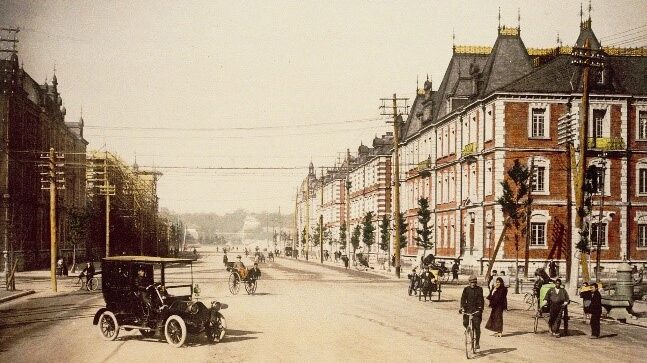Industrial Conglomerate: Its History and Influence in Japanese Economy

Industrial Conglomerate: Its History and Influence in Japanese Economy
Japan moved into the ranks of developed nations about 50 years ago because its size of economy attained the second largest country in the world. The scheme which played a significant role in developing economy might be industrial conglomerate that usually called as “Zaibatsu”.
The history of “Zaibatsu” traced back to the period before World War II. While Japan became a trend of militarism to survive in international society, the allied powers especially U.S. considered Japan would surrender in short period. However, Japan continued war several years unexpectedly. Therefore, after World War II, when the allied power hoped to eliminate Japanese economic power, they focused on the influence of Zaibatsu which was considered to be supported by a large amount of imperial treasure.
As a result, the allied power disorganized “Zaibatsu”. In addition, “Zaibatsu” were forced to release and abandon their stock.
(figure: Mitsubishi Main Building in 1920)

(source: Wikipedia)
However, with the beginning of the Cold War, the allied power changed their occupation policy which aimed to encourage the economic independence of Japan. Therefore, after occupation era, Japanese megabanks which supported “Zaibatsu” system before World War II, played an important role to develop their economy and created some corporate groups such as Mitsubishi, Mitsui and so on. On the other hand, the scheme of corporate groups provides negative impacts in Japanese economy. Firstly, some people pointed out that such an economic scheme which had big banks and companies sometimes caused the delay of innovation in Japan. Secondly, some Japanese big businesses did not solve the issue of wartime forced labor from Korea and such a problem might cause a risk in their businesses in the future.
(figure: Mitsui Main Building)

(source: Wikipedia)
All in all, while “Zaibatsu” played a significant role in Japanese economic development, it faces a difficult situation in the 21st century. We hope to appear new economic actor to lead transformation of Japanese economy in the next decades.
(Reference)
Edward S. Miller, “Bankrupting the enemy the U.S. financial siege of Japan before Pearl Harbor” Naval Institute Press, 2007



